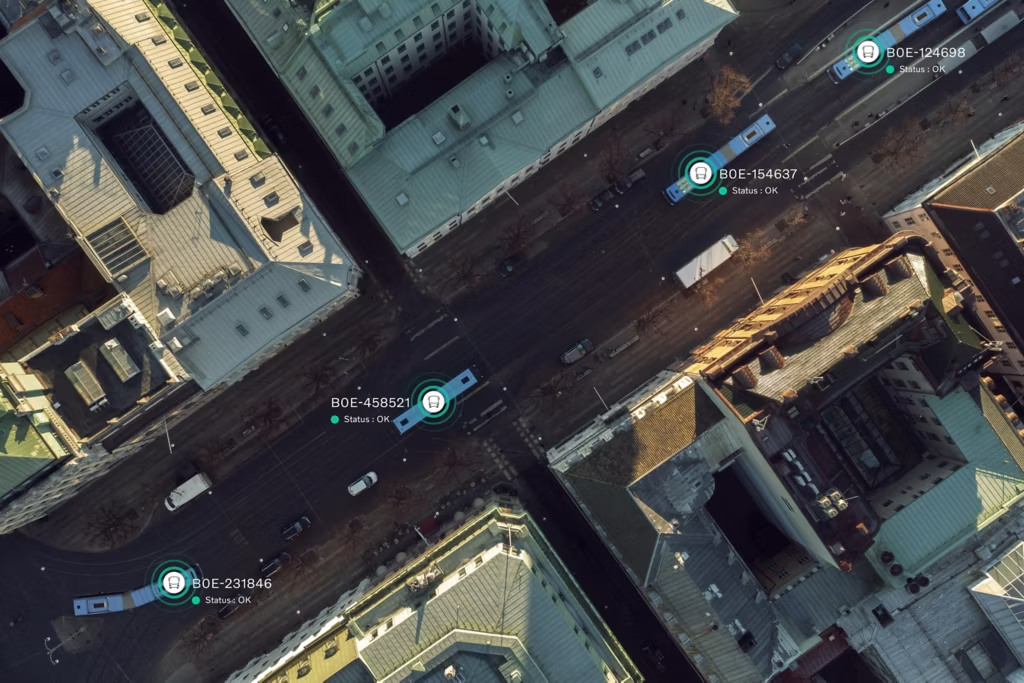The chemical, called hexavalent chromium, was apparently being used in the BYD built Hino Poncho Z EV, before Hino announced that it was abandoning plans to release the 30-seat bus in the Japanese market.
BYD had planned to supply the Poncho Z EV to Hino under an original equipment manufacturer contract. Originally set for a spring 2022 release, Hino said at the time that the bus would initially be delayed to the end of march this year due to quality issues,
Hino had been negotiating with BYD to build the bus without using the chemical but apparently the talks reached a stalemate and could not reach a resolution.
“EV buses for the Japanese market meet all required laws and standards,” BYD’s Japan unit told Japanese media last week in a defiant defence of the issues. However when asked about the use of hexavalent chromium, BYD declined to comment.
BYD sells four types of electric buses in Japan, including the J6, on which the Hino model was based. The revelation has prompted some bus operators to change their plans.
Although no laws in Japan prohibit the use of the substance, it is on a list of substances voluntarily banned by the Japan Automobile Manufacturers Association.
Hexavalent chromium was once widely used in automotive parts and elsewhere in manufacturing for its corrosion resistance and other properties, but it is considered extremely toxic





